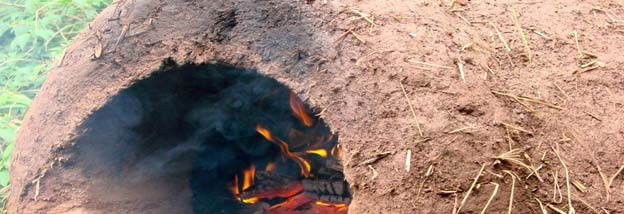About Thermal Mass
Thermal Mass: The Cornerstone of Passive Solar Modeling
Every material on earth has the innate ability to store and release heat. All materials do this naturally. In the built environment, as floors and walls warm up during the day, they absorb and store heat, cooling their surroundings. At night, when outdoor temperatures cool, they release this stored energy as radiant heat, warming their surroundings. The overall effect is the moderation of ambient temperatures inside (and to a certain extent, outside) a building. In the professional building community, this physical law is known as thermal mass.
Of course, different kinds of materials store different amounts of thermal energy. Air, for example, stores very little thermal energy. Water, on the other hand, stores the most thermal energy of any commonly occurring natural material on earth. That’s why coastal and maritime regions generally have more moderate temperature variations as compared to desert regions, where temperatures are often scorching hot during the day and frigid cold at night!
Since water is a rather problematic material to build with, most modern passive solar home designs incorporate solid masonry units such as concrete, brick and stone. These “earthy” materials also have great thermal mass properties, but are much easier to build with!
Earth: A Naturally Occurring Heat Sink
Just like brick and stone, earthen building materials such as adobe, cob, earthen floors and earthen plasters all possess a great deal of thermal mass. That’s why cob ovens work so well: you light a fire that lasts an hour or two and get five or six hours of baking time! And not only do they store vast amounts of heat, but earth, cob and adobe are also natural, eco-friendly, and locally available anywhere in the world. And on top of all of that, earth can be used to create solid, durable structures of sculpted beauty.

